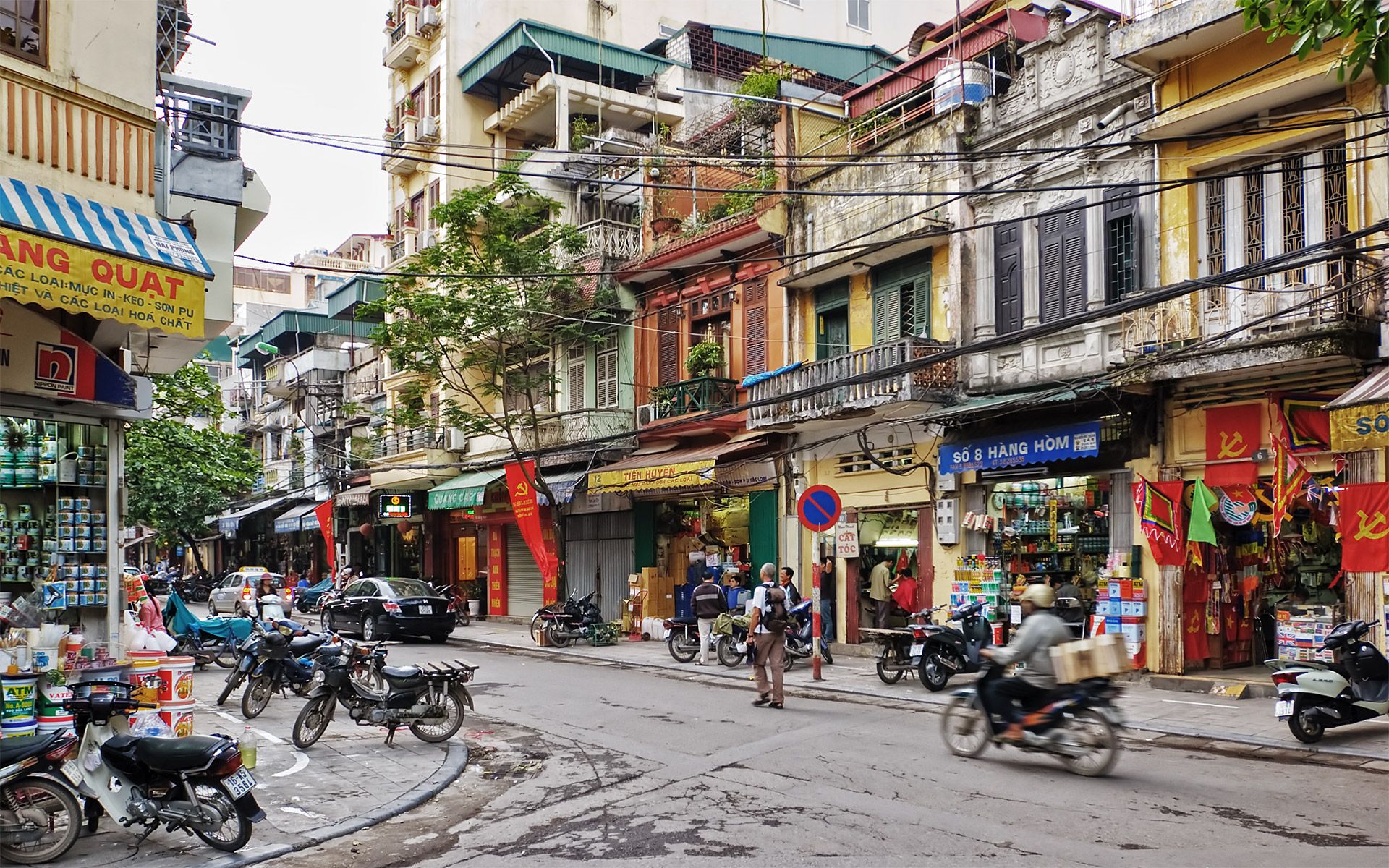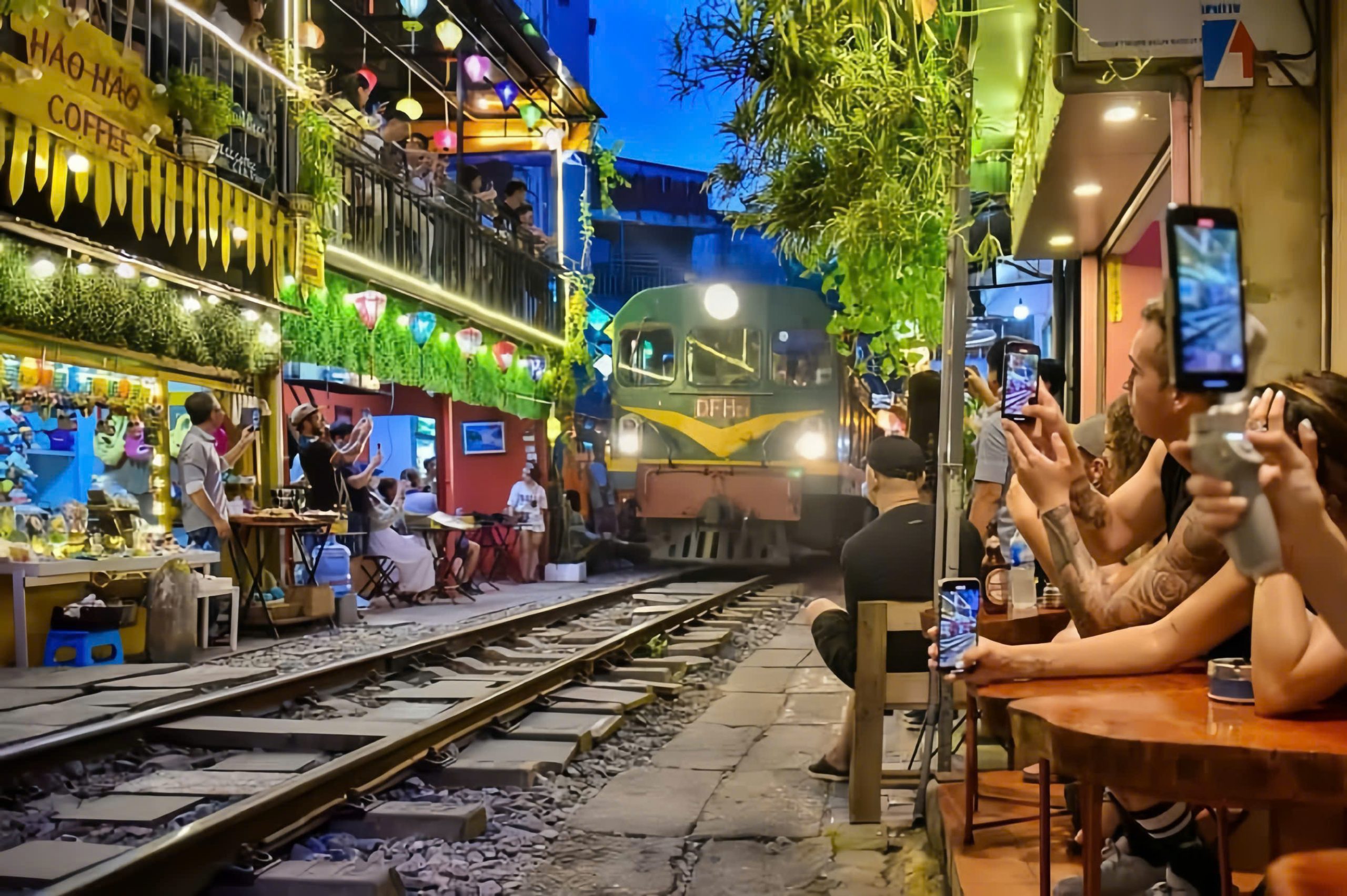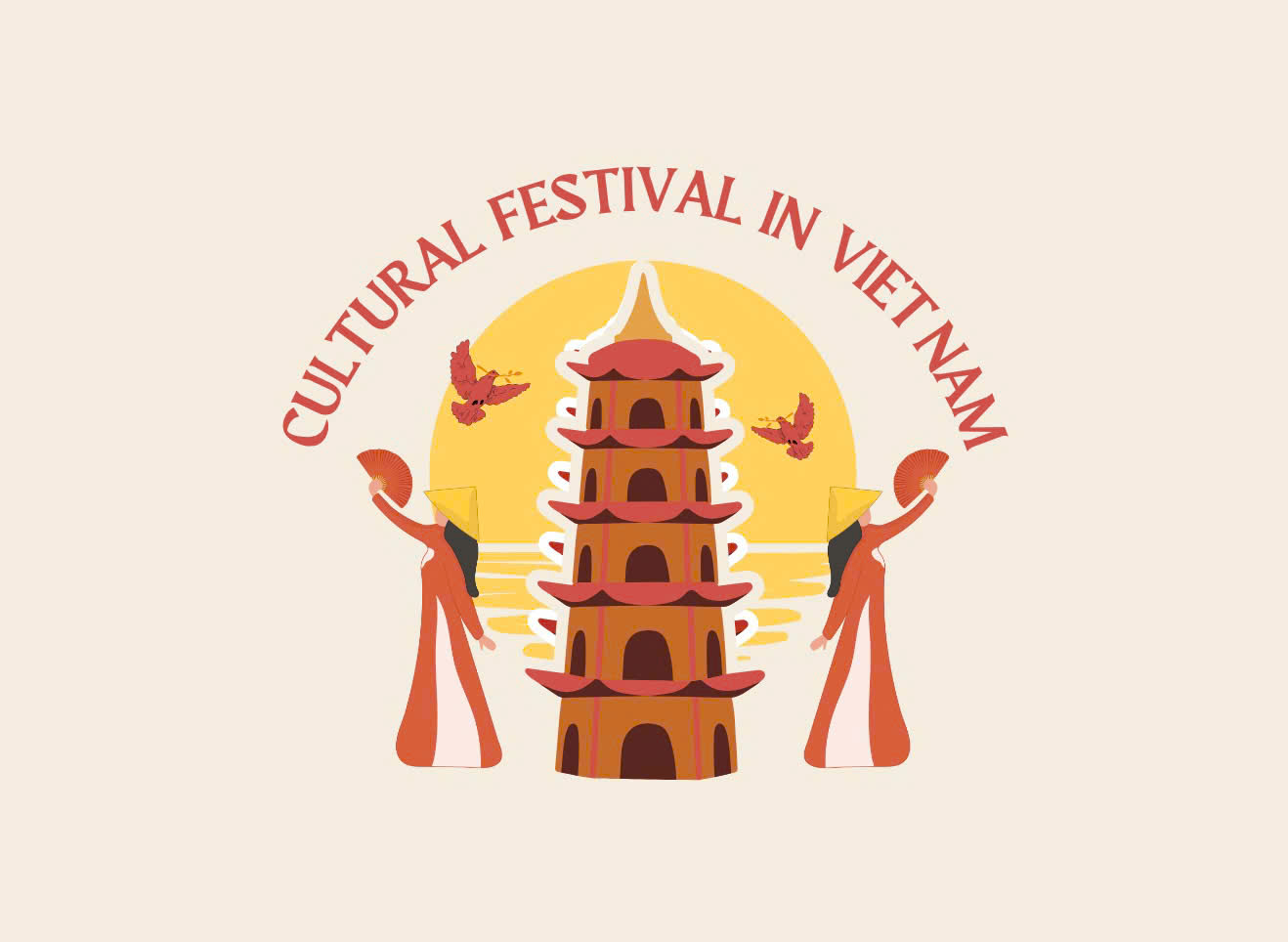MỤC LỤC NỘI DUNG
A Timeless Glimpse into the Heart of Vietnam’s Capital
If you ask a Hanoian where to find the soul of the city, they’ll likely point you to the Old Quarter—specifically, to its legendary “36 phố phường” (36 guild streets).
This area is not just a tourist attraction; it’s a living memory of how Hanoi once thrived as a bustling center of trade, culture, and community. At PHM Travel, we believe this is where you truly feel the heartbeat of the capital—through every street, every scent, and every story waiting to be uncovered.

A Brief History of Hanoi’s 36 Old Streets
The origins of Hanoi’s Old Quarter trace back to the Lý and Trần dynasties in the 11th century. It began as a thriving urban hub where artisans and traders from nearby craft villages gathered near the ancient capital of Thăng Long.
Each street was named after the product sold or crafted there—like Hàng Bông (cotton), Hàng Bạc (silver), or Hàng Thiếc (tin). These streets formed a vibrant trade network, turning the area into a bustling commercial and cultural center.
To this day, the Old Quarter preserves its identity through traditional architecture and street names that echo its artisanal roots.

Hàng Chiếu Street has long been known for selling woven mats—and even today, you can still find a few traditional mat shops operating there.
Did Hanoi Really Have Only 36 Streets?
Interestingly, the phrase “36 streets” isn’t entirely accurate from a historical standpoint. During the Lê dynasty, Hanoi had 36 phường (wards), not necessarily 36 streets. By the late 19th century, the number of streets beginning with “Hàng” had grown to over 50.
So why does the number 36 stick? Much of its fame comes from writer Thạch Lam and his beloved book “Hà Nội – 36 phố phường”, which captured the charm of old Hanoi so vividly that the name became part of popular memory—regardless of historical precision.
A Unique Urban Heritage
The 36 streets are organized in a dense maze near Hoàn Kiếm Lake, where ancient tube houses sit shoulder-to-shoulder, and shop signs hang beneath wooden shutters. Many streets still preserve their original trade or name, offering travelers a sense of continuity that spans generations.
But it’s not just the architecture—it’s the way life unfolds here:
-
Street vendors sell iced tea, food on the sidewalk and roam the alleys with carts full of local snacks.
-
Local elders gather at dawn for tai chi
-
Craftsmen continue to carve wood, hammer silver, and roll incense by hand

Trà đá vỉa hè – sidewalk iced tea is a true symbol of Hanoi’s street culture
Exploring the Old Quarter with PHM Travel
At PHM Travel, we offer guided walking tours and cultural experiences that help you explore the hidden gems of the 36 phố phường:
-
Learn the meaning behind each street name
-
Visit traditional craft shops and old houses
-
Discover temples, pagodas, and local food stalls
-
Explore the area during festival seasons, when lanterns, music, and colors fill the streets
Whether you’re a first-time visitor or a returning traveler, the 36 old streets always offer something new to uncover—and something old to remember.
Book a Hanoi Old Quarter tour with PHM Travel
Let us help you walk through history—one street at a time.


 English
English




